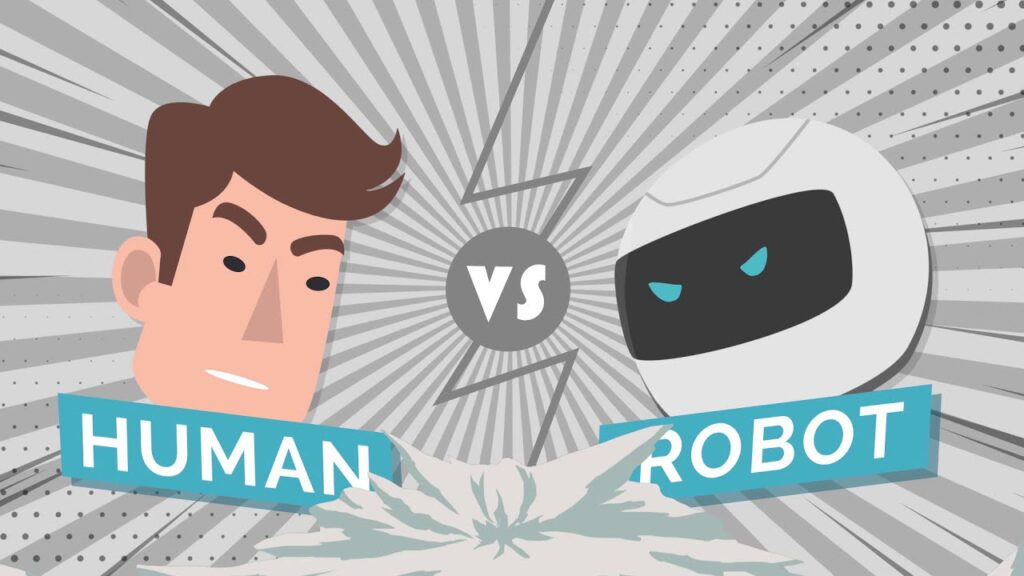Robotic Process Automation: Revolutionizing Business Efficiency
In today’s fast-paced business world, efficiency and productivity are key to staying ahead of the competition. With technology evolving at an unprecedented rate, organizations are constantly seeking innovative solutions to streamline their operations, reduce costs, and improve overall productivity. One such solution that has gained significant traction in recent years is Robotic Process Automation (RPA).
Robotic Process Automation, often referred to as RPA, is a software technology that has revolutionized the way businesses perform transactional activities in IT applications. This groundbreaking technology utilizes artificial intelligence and machine learning capabilities to automate repetitive and rule-based tasks, mimicking human interactions with digital systems. RPA essentially enables organizations to deploy software robots or “bots” that can effortlessly execute complex processes, freeing up human resources to focus on higher-value tasks.
The rise of RPA can be attributed to its ability to deliver substantial benefits across various industries and sectors. By automating mundane and repetitive tasks, businesses can significantly reduce manual errors, improve accuracy, and enhance overall data quality. Furthermore, RPA eliminates the need for employees to engage in time-consuming, routine activities, allowing them to redirect their efforts towards more strategic and creative processes. For instance, instead of spending hours manually inputting data into spreadsheets, employees can focus on analyzing the data, identifying trends, and making informed business decisions.
One of the key advantages of RPA is its versatility and compatibility with existing IT systems. Unlike traditional software solutions, RPA can operate seamlessly across multiple applications and platforms without the need for extensive integration or coding. Whether it’s processing invoices, managing customer queries, or extracting data from legacy systems, RPA can effortlessly navigate complex workflows and deliver consistent results. This adaptability ensures a smooth transition for businesses integrating RPA into their existing infrastructure, minimizing disruption and maximizing return on investment.
Moreover, RPA presents a cost-effective alternative to traditional labor-intensive processes. With RPA, businesses can achieve significant cost savings by reducing resource requirements, eliminating human error, and improving operational efficiency. As software robots work tirelessly 24/7, organizations can achieve faster turnaround times, increased productivity, and improved customer satisfaction. By automating tasks that were previously performed manually, organizations can reallocate their workforce to value-added activities, resulting in enhanced customer experiences and increased revenue opportunities.
The future of RPA looks promising, with industries across the board recognizing the immense potential it holds. From finance and banking to manufacturing and healthcare, organizations are increasingly adopting RPA to enhance their operations and gain a competitive edge. Market research indicates that the global RPA market is projected to reach a value of $3.97 billion by 2025, further highlighting the growing demand for this transformative technology.
However, as with any disruptive technology, the adoption of RPA does come with its own set of challenges. One common concern is the potential displacement of human workers, leading to fears of job losses. While it is true that some roles may become redundant with the implementation of RPA, the technology also opens up new avenues for reskilling and upskilling the workforce. Organizations can focus on developing employees’ analytical, problem-solving, and strategic thinking skills, thereby fostering a culture of innovation and driving business growth.
In conclusion, Robotic Process Automation (RPA) is revolutionizing the way businesses operate by automating repetitive and rule-based tasks. Its ability to improve efficiency, accuracy, and productivity makes it a highly sought-after solution across various industries. With its versatility, compatibility, and cost-effectiveness, RPA has emerged as a game-changer in the digital age. As organizations continue to embrace this transformative technology, they are well-positioned to unlock new levels of efficiency, gain a competitive edge, and thrive in an increasingly dynamic and demanding business landscape.
References:
– Robotic Process Automation (RPA) – What is RPA? Available at [Website URL]
– What is RPA: Robotic Process Automation? Available at [Website URL]
Industrial Robot
“Unveiling the Power of RPA: Discovering the Essence of Robotic Process Automation”


